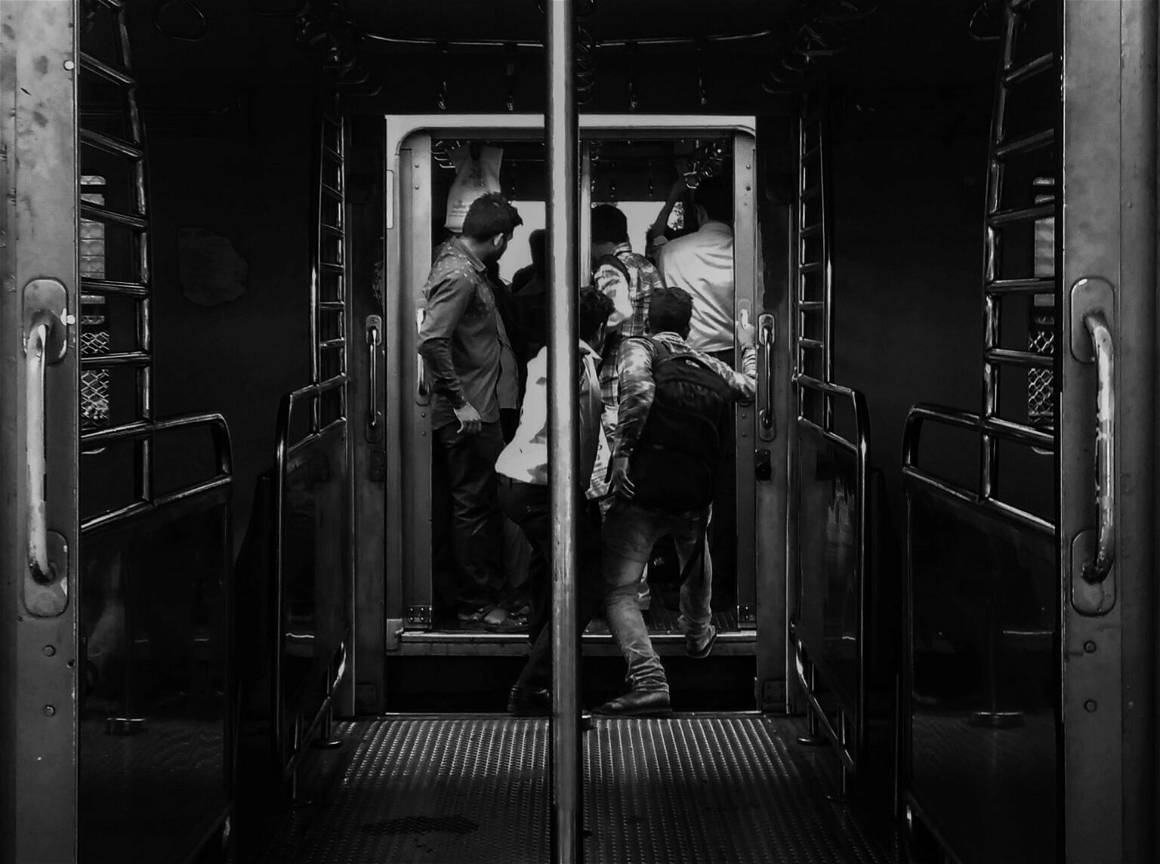IMAGO spoke with professional photographers to discover the experiences that have changed their work or life.

Changes Captured by Lenses
Photography is more than merely recording our surroundings in a technical manner. There are moments when changes occur, and with photography, the beginning of an important transformation may be caught in a frame and preserved forever. Our photographers have opened up their archives to show you the most memorable moments of their work.
Jürgen Ritter, A German Photographer
“Everything got easier as a result of Evolving in digitalization but photography itself? Not much!”

Do you have an image, series or experience that you remember changed your work or your perception of being a photographer?
Yes, the question about influences, I can’t answer that directly. Looking at my library of illustrated books indicates many influences: I have a lot by Lord Snowdon, Thomas Hoepker, Lindbergh, Rakete and Hauswald are represented, the French classics anyway. I was friends with Horst Tappe, who explained that all you need for a portrait is a camera, a window, and no extra light. Many others.
How has your photography changed or evolved over your career?
The quantum leap was digital photography. When I remember how I travelled five times through the Soviet Union in the 1980s or through Cuba in 1986 with these dozens of cardboard boxes, in which there were plastic boxes with lids, in which there were metal capsules, in which there was a heat-sensitive Kodachrome/Ilford HP anyway, etc.
Today you have a chip the size of a fingernail that can hold thousands of HQ photos – a huge step forward. And then you stand in the middle of nowhere and send your photos with your phone or whatever. That’s great. Has my photography changed as a result? Not much. I hardly do any motor series. You used to have 36 shots on film. It had to be developed, contact sheets selected, and enlarged. That costs time and, above all, MONEY!
Do you have a stand out or different image from the 1980s that you took?
Yes, I particularly like three motifs, one of which has never been printed. Willy Brandt at the 125th anniversary of the SPD. Unfortunately, it never printed. Bernstein at the Waldbühne. Frank Zappa – last concert in Europe on 12.4.1988. Especially tragic: Zappa-PK in the morning at the Hotel Steigenberger. I’m standing next to my idol – and none of my colleagues took a photo.

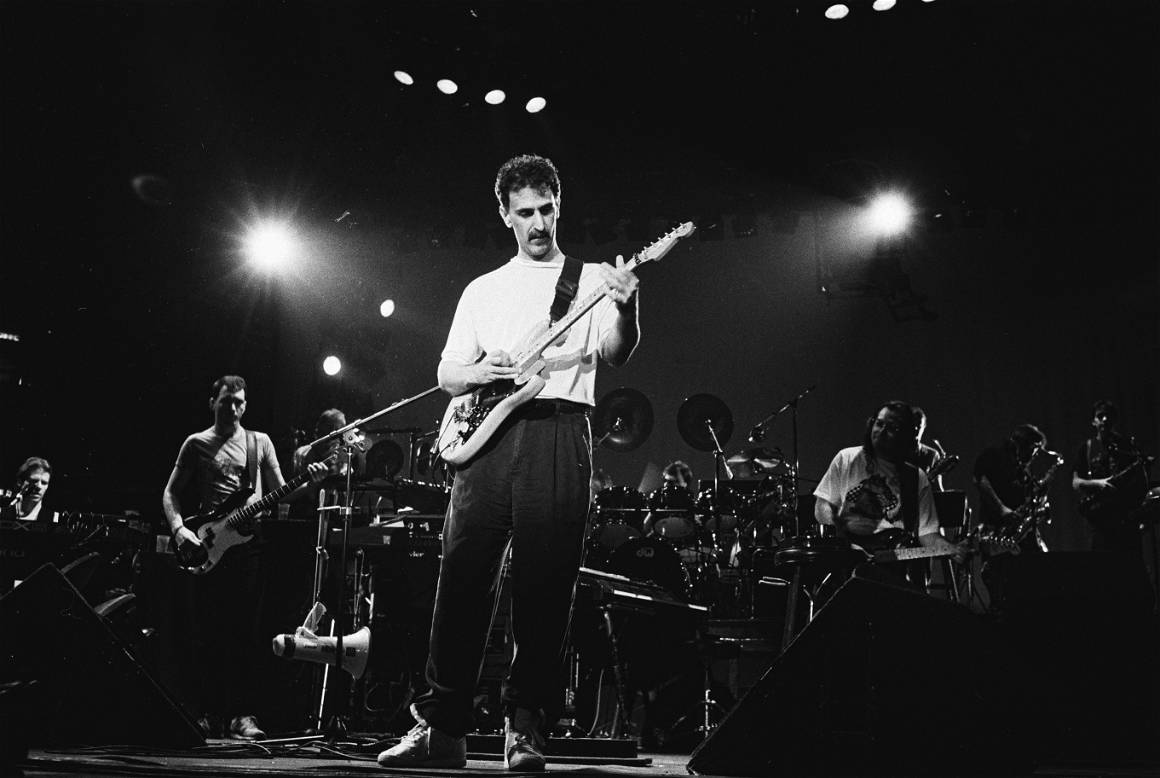
Nicolo Vincenzo Malvestuto, An Italian Photojournalist
“Photojournalism Is a tool for me to tell and document stories, stories which matter, and show things that are or could be untold.”
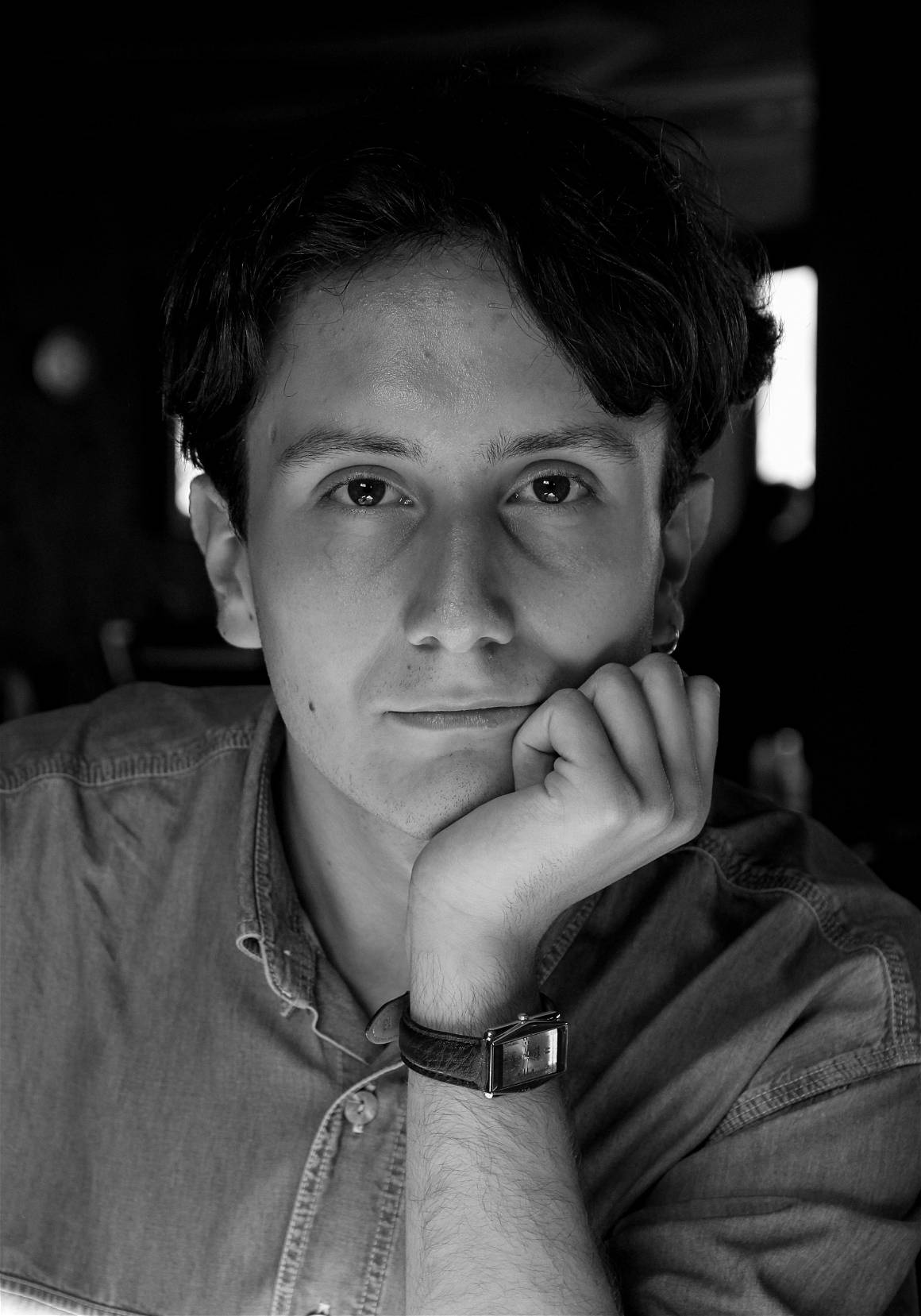
Is there a photo or incident that changed your mind, life or career? If so, what exactly was it? And how did it matter to you?
Every picture from my archive is special and unique; whenever I look through my archive, I remember every detailed moment, emotion and thoughts. I was on a coverage near the occupational line that day. Whenever I visit families bordering the occupied territories, it is impossible to be there without visiting Valia Valishvili, which is represented in this picture, as far she lives on the occupied territory, isolated from the rest of the village.
Especially this picture is one of the most emotional images for me, looking at the elderly woman as the local police guard takes care of her, giving food and medicines through the barbwire fence.
Photojournalism Is a tool for me to tell and document stories, stories which matter, and show things that are or could be untold. Every work I did is a new skill, a new memory, every time thinking and answering why the issue matters or doesn’t, especially this image depicts all feelings associated with me as a photojournalist.
All I learned is that telling important and most life-changing stories can make a big and revolutionary impact on communities, shine a light on atrocities of the issues, and create a better understanding environment for people. Still, I feel that this picture must give power and some kind of imagination to me and others, seeing how it feels like still living in your country, in your homeland, which is occupied.
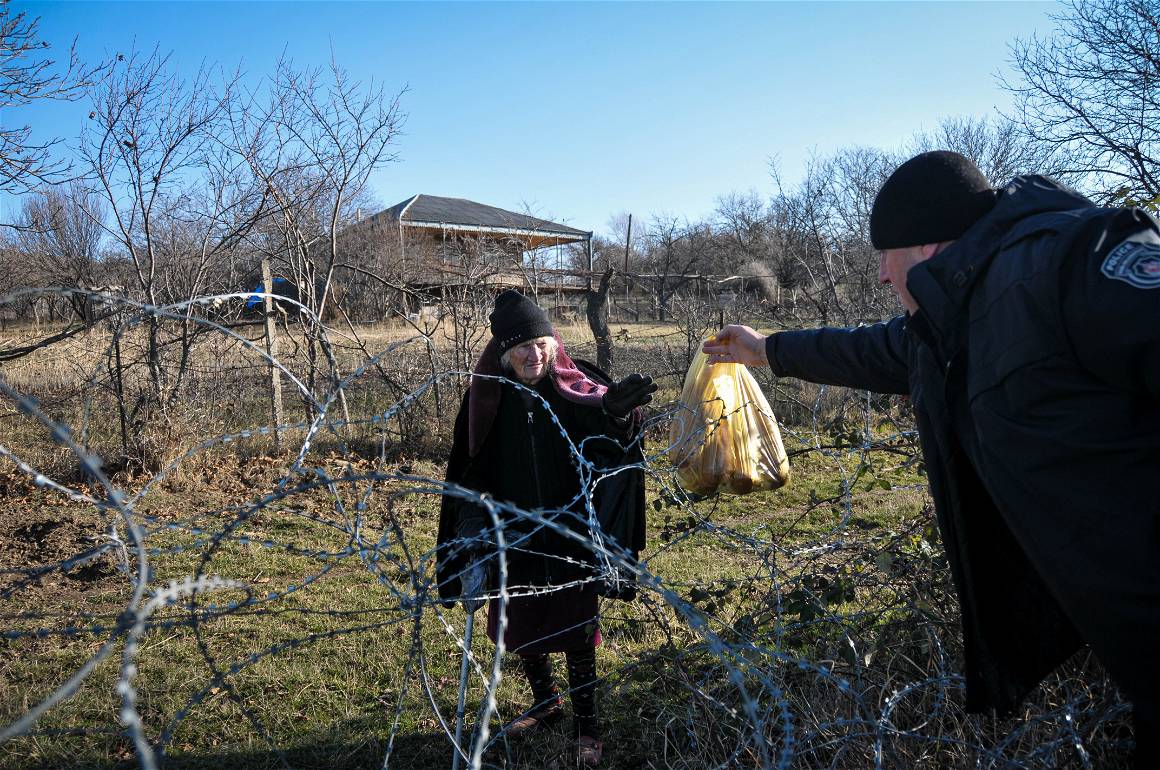
Vilen Gabrielyan, An Azerbaijani Photojournalist
“My goal is to tell stories that I like and that I enjoy covering, and if my work resonates with others, then that is just a bonus.”
Are there any interactions or relationships formed throughout your projects that have left an impact on you or the way you photograph?
As much as I hate to admit it, I think, as photographers, we tend to look for validation from our peers and want our work to be appreciated. I know I have definitely fallen into that trap. When I was shooting on Aunt Charlie’s and the punk rock in Asia series, I started to challenge this notion. I would see these punk bands and drag queens performing to a full room or a few people but their passion was evident regardless of the situation.
It was very refreshing to see these performers doing something they are dedicated to in a scene they created. I have been translating that sentiment into my work and my mindset. My goal is to tell stories that I like and that I enjoy covering, and if my work resonates with others, then that is just a bonus.

Nicolas Perez, A Colombian Photographer
Inspired by Other Photographers
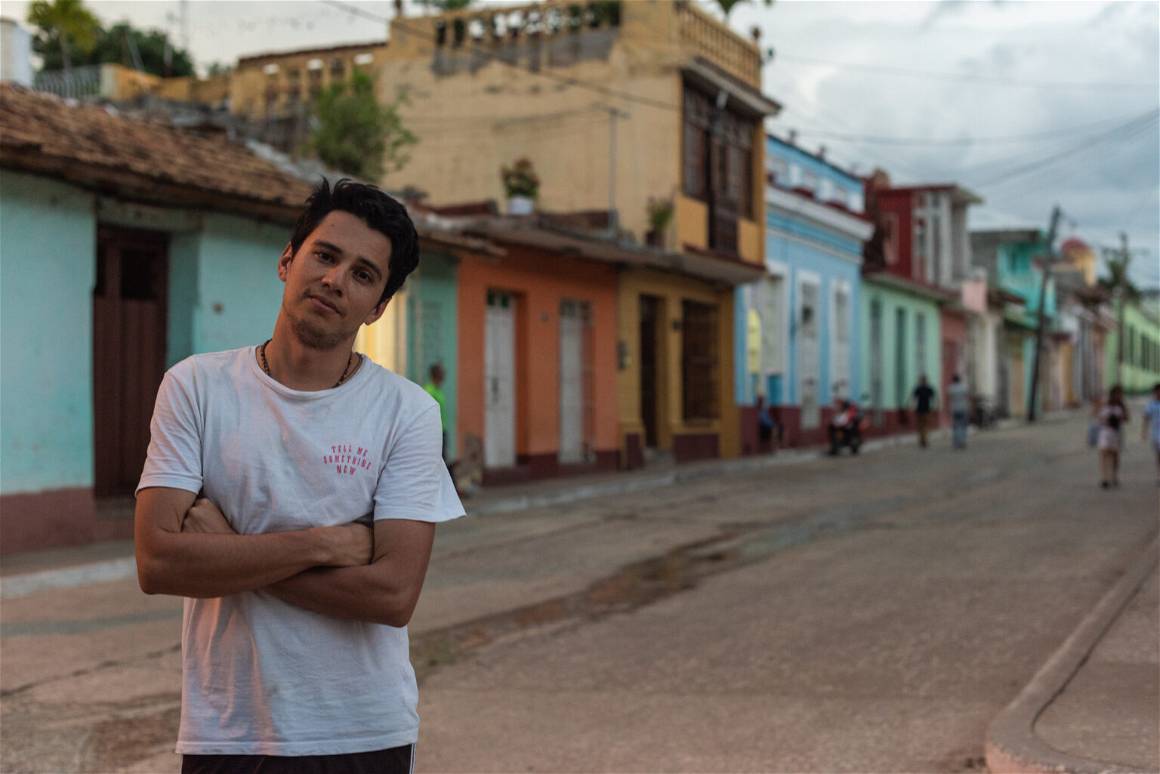
Which artist or photographer has so far made the most impact on you and why?
I consider myself a shy person. When it comes to street photography, at times, I struggle when I want to get closer to people. Bruce Gilden, without a doubt, has been a photographer who has inspired me the most through these years. His unique style and the way he approaches his subjects and hits the streets have encouraged me to approach different perspectives within my work.
In addition, Jimmy Nelson, a Dutch photographer who has traveled all around the globe photographing tribes, has become one of my references due to his sensitivity to establish trust with people.
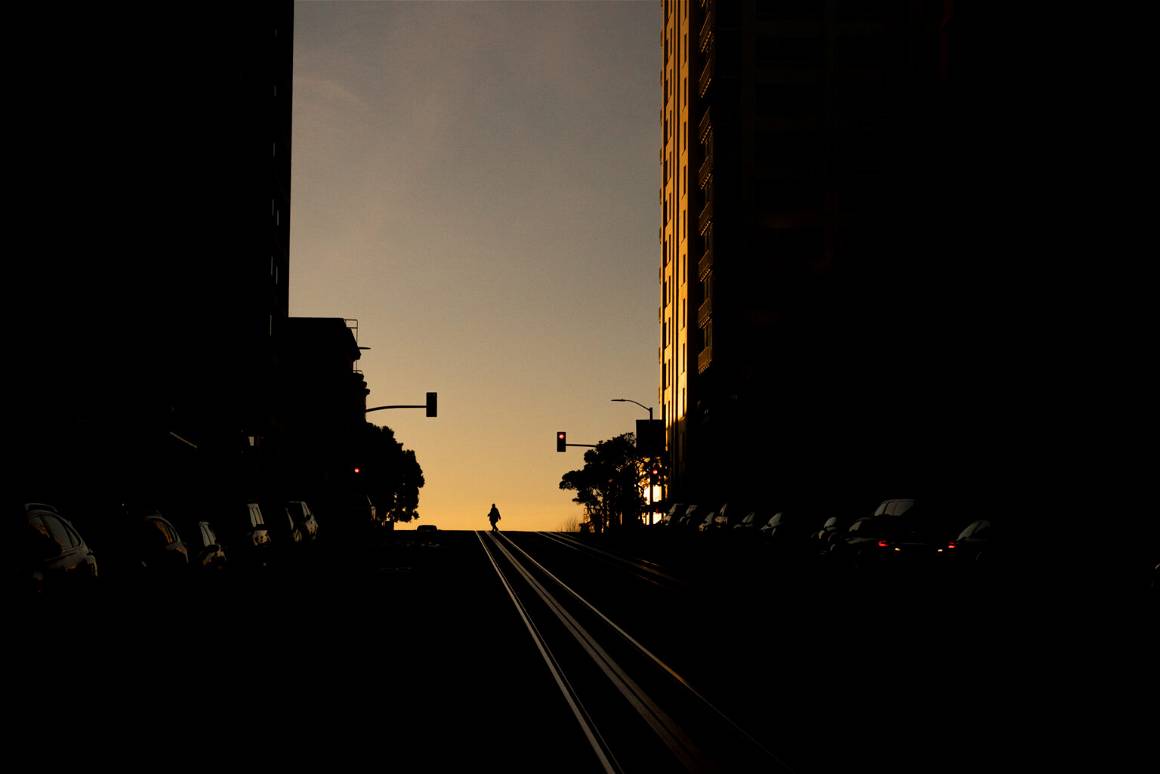
Aleksander Kalka, A Polish Photojournalist
“The biggest story for me is in this image which I took on the 100th Poland’s Independence Anniversary.”
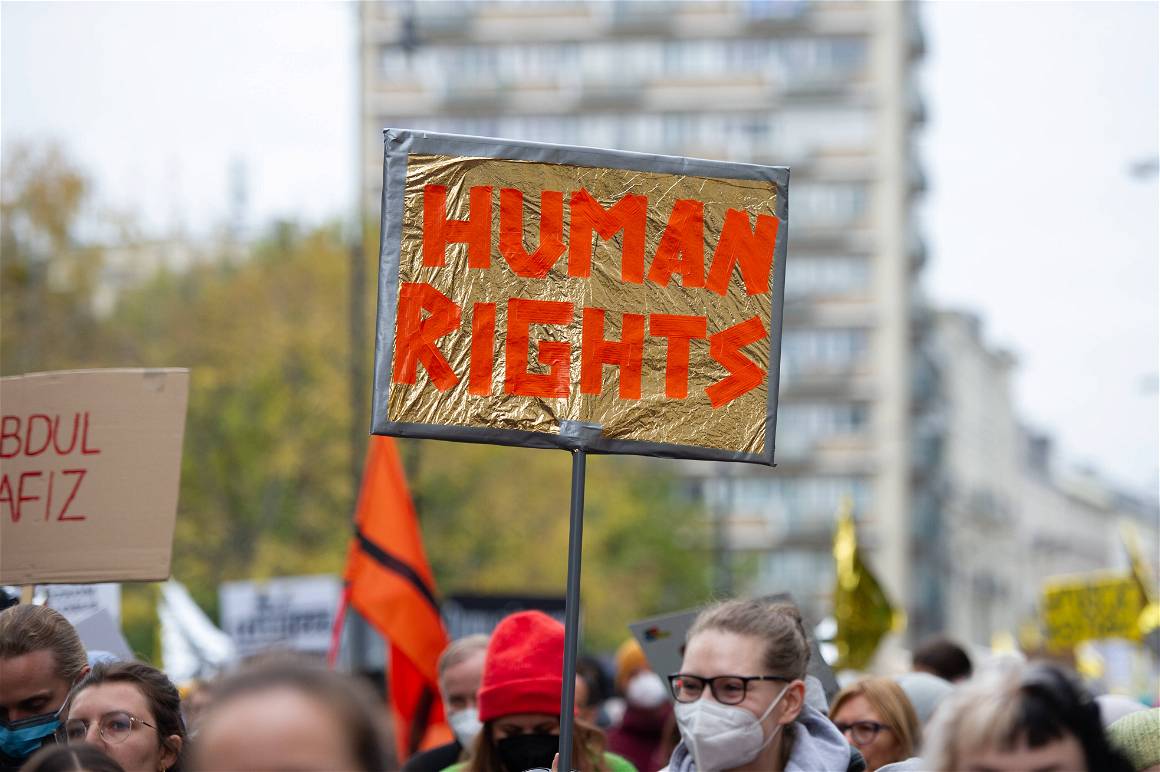
Is there one photograph from your archives that tells the biggest story of you as a photographer to date?
The biggest story for me is in this image which I took on the 100th Poland’s Independence Anniversary in 2018. Being at the very beginning of my photojournalistic path and finding myself in front of such a moment. An estimated 250.000 people were singing the national anthem, carrying flares, and this group of soldiers was engulfed in flames smoke. The smoke hiding what’s behind the soldiers creates a surreal effect, while the soldier’s expressions show their commitment to their duty and the importance of the moment.

Mario Reina, A Colombian Photojournalist
“When we left, I understood that we were in an illegal mine of the armed groups of the area.”
Do you have a special project that has had a resounding impact on you? Can you tell us a bit about that experience?
Yes, it was on a visit to the community of Barbacoas in Nariño. I accompanied the women “barequeras” (traditional miners) to look for gold in an old stream that, for years, was the meeting place for different women miners. When they described the place to me, they told me about the creek and the small waterfalls that formed there, the plants around and the different animals that could be seen. After two hours by boat on the Telembí river, we went through a small stream until we reached a wooden hut, around which there were several coca fields; this made me think that I was in a complicated place.
There we picked up some shovels and several bateas, a wide wooden plate with which they cleaned the land to look for the small gold flakes. We walked for several minutes and suddenly, the vast jungle was replaced by a wasteland with several holes and water wells. I looked at one of the women. She told me in a low voice: “it can’t be the dredgers that have arrived”. I realized that we were in an illegal mine, where the women used to sit with their little ones to clean the land and look for gold. It had become a huge, deforested field, with several machines making holes and depositing the earth in a huge tower; the creek had dried up and fed the tower, where liters of water cleaned the land.
We stopped quickly when three armed men approached us. The women told them that they were coming to look for gold and that I was accompanying them to take some pictures of the process; in a curt manner, they replied: “it’s not here; you must walk for another hour and find a place where you can do it”. I approached the three men and explained the situation. I asked them if we could do the activity there, in one of the wells, as we did not have much time; one of the men called another one, and they gave us permission.
They told me, “You can only take photos of the well; you can’t leave anything else, as this is an illegal mine, and the army is after us”. I very cautiously positioned myself at an angle where all the photos I would take would focus on one of the women and thus avoid any inconvenience. I took three photos.
Then when we left, I understood that we were in an illegal mine of the armed groups in the area. They look for the places where the traditional miners extracted gold, to then exploit the area to the maximum with heavy machinery. Of that place that the women remembered fondly and wanted to share with me, only mud remained.

Ricardo Nogueira, A Brazilian Sport Photographer
“Some photos made me grow in the profession. It opened doors for me and allowed me to meet different people and places because of my work.”

What’s the one photograph you’ve taken that changed your mind?
The first time I entered a stadium to photograph a World Cup was very special for me. When I started my journey in photography, it was a dream to be at such an event, but I confess that I thought it would hardly come true.
I started in my city, in Brazil, in a small agency, photographing some soccer practices. I honestly had no idea that I would make it to the World Cup. So, when I was on the way to enter the Soccer City lawn in Johannesburg to photograph South Africa and Mexico in the 2010 World Cup, I had a “lump in my throat”. (he laughs) I will always carry that moment with me.
I don’t think there is a single photo. Some photos made me grow in the profession. It opened doors for me and allowed me to meet different people and places because of my work. Obviously, there are some special ones, like my first photo published on the cover of Folha de S. Paulo, which is Brazil’s biggest newspaper or the photo of the World Cup 2018 or the photo of Cristiano Ronaldo celebrating in my first soccer game, Champions League.
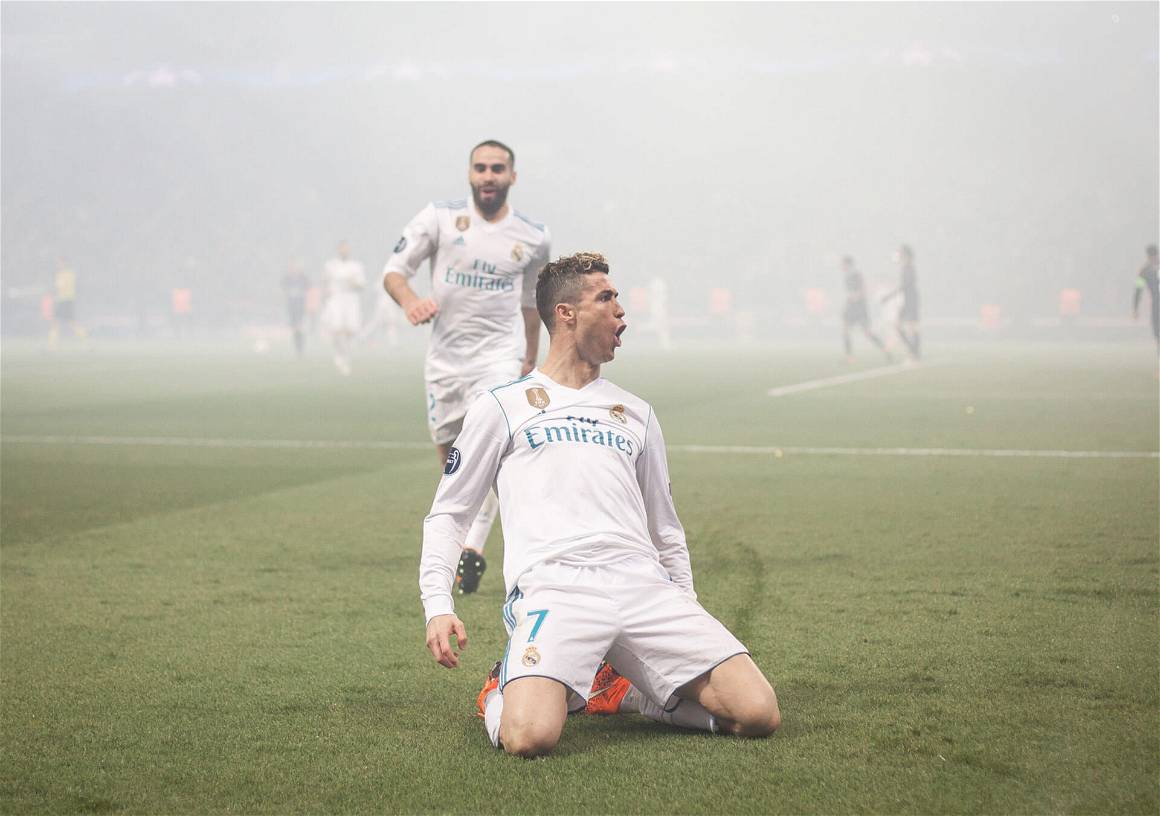
Kabir Jhangiani, An Indian photojournalist
“I realised that photography captures moving moments like these and locks them for posterity.”

What’s the one picture you took that made a difference in your life?
Once when I was returning home from college in Mumbai, I saw a man running to get into the train I had offboarded from. The train was stationed at the time. He jumped from the stationed train to another one. I didn’t have a camera at the time so I captured the shot on my phone. The moment was risky, considering even if one train would have moved, it could have been fatal for the man. I realised that photography captures moving moments like these and locks them for posterity. It shows visual proof of what happened at that moment.
